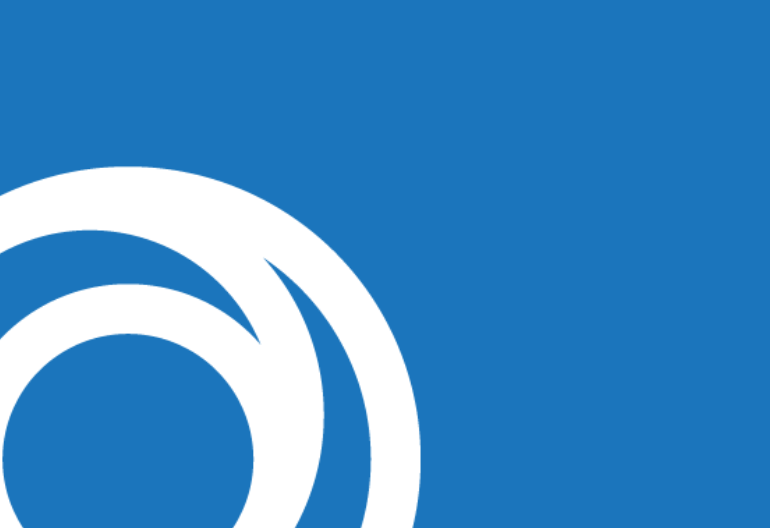When talent is your only true competitive advantage, it makes sense to base your talent strategies on personality data.
Recently on The Science of Personality, cohosts Ryne Sherman, PhD, and Blake Loepp spoke with George Randle, managing partner at Randall Partners and coauthor of The Talent War: How Special Operations and Great Organizations Win on Talent. A former US Army officer, George has more than 20 years of Fortune 100 and Fortune 1000 global human resources and talent acquisition experience and is also a Hogan-certified coach.
“Building elite teams became this burning passion for me,” George said. “Talent acquisition has been the best function I could ever hope for.”
Keep reading to learn about George’s passion for talent, how he uses Hogan, and why personality data is essential in both executive coaching and talent acquisition strategies.
Talent Acquisition Strategy
George and his coauthor, Mike Sarraille, a former US Navy SEAL, had a combined passion for talent. They used the lens of US special operations forces, known for their effectiveness, to evaluate how organisations defined talent. Their findings led to the conclusion that hiring the right people was essential—and they share techniques for it in their book.
The Right Talent
“Human capital is the only true competitive advantage that you can hope to achieve and maintain,” George said. All the other elements of organisations are highly subject to change and chance, but organisations have significant control over the quality of their talent resources. The best talent is what makes an organisation truly competitive.
The Right Seat
George explained that getting the right talent is the first step. Getting the right talent into the right seats is the second. He pointed out that two great American football quarterbacks, Tom Brady and Patrick Mahomes, would have been much less likely to succeed if they had swapped teams. Different environments and roles require specific personality characteristics for success, in sports as in business.
Both the talent and the role need to be right for the hire to be successful. The Hogan assessments measure personality strengths, potentially overused strengths called derailers, and values and motivations. We refer to these as the bright side, the dark side, and the inside of personality. As a talent acquisition expert, George uses Hogan data to match people with opportunities by asking two questions:
- Would the person be right for this opportunity?
- Would the opportunity be right for this person?
Hogan Assessments provides the data-driven talent insights that reach the depth and specificity that effective talent acquisition strategies demand. Referring to other assessments he used before Hogan, George said, “They told you what colour the house was. They didn’t tell you how it was built.”
Personality Assessments in the Hiring Process
George has hired more than 85,000 people through the teams he has built, so he’s extremely experienced in assessing and interpreting human behaviour. A skilled interviewer, he nevertheless credited Hogan with improving his perceptions. “It added that scientific, data-based credibility to the work that I do,” he said.
In the hiring process, George first makes sure the client understands what success looks like in the team. In Hogan terms, this is an evaluation of what characteristics and values are likely to align with the team’s and organisation’s needs. Sometimes clients may be unclear or mistaken about what strengths are needed in a leadership role.
Next, George digs into the data. He uses pre-hire data to confirm or deny a candidate—or to reveal insights to explore before making an introduction. Depending on the target role, he might administer a more extensive assessment and debrief a candidate to understand their strengths, challenges, and motivations.
Avoiding Hiring Bias
A candidate’s behaviour during an interview doesn’t always reveal who they are. Hogan data helps talent acquisition experts avoid résumé seduction as well as reveal effective candidates who may be less likely to stand out. “Many times, I think I have a great candidate sitting in front of me, then I use one of the Hogan tools—and I missed something,” George said.
In some cases, “missing something” means detecting an unsuitable candidate who may have interviewed well but whose personality data showed inauthenticity or misalignment. A candidate with polish and charm could lack necessary collaboration skills, for example. In other cases, “missing something” means discovering that someone who may have interviewed indifferently has ideal personality characteristics for the role. A hidden-gem candidate might have been feeling too nervous to articulate their strengths during an interview.
By using objective, well-validated assessment tools, George matches candidates to opportunities based on data, not just impressions.
Personality Assessments in Executive Coaching
A great Hogan coach contextualises the Hogan results and assuages a person’s confusion or concerns about their data. A great Hogan coach will also explain that Hogan data shows a person’s strengths and opportunities. It shows how their values are aligned with their career goals and their organisation’s goals.
Leadership principles in the corporate world are similar to those in the military. Being able to train and coach others and develop cohesive teams were some of the key abilities that helped George transition from military service into his career in HR. “When you’re in the military, you don’t get to hire the people that you lead,” he said. That’s often true in business, as well.
Leaders who can build and maintain high-performing teams need strong socioemotional skills to develop the talent they have. When George coaches executives, he uses Hogan data to describe the importance of reputation and how strategic self-awareness can lead to behavioural changes that affect workplace reputation. He uses Hogan results to help leaders understand how they are being perceived and identify ways to adjust how their derailers manifest in the work environment. “We use the [Hogan tools] to make a plan for them to be the best version of themselves,” he said.
Talent Acquisition Advice
To George, personality matters more than technical skills. Recalling his time in military service, George said he could teach anyone to jump out of a plane, implying that technical skills can be learned. On the other hand, personality strengths like problem-solving, emotional intelligence, and innovation are key intrinsic characteristics.
Organisations that have strong talent strategies thrive. “The companies that have a talent mindset [. . .] are reinventing themselves,” he said. “They’re making sure that their number one investment is in their people.”
Listen to this conversation in full on episode 83 of The Science of Personality.






